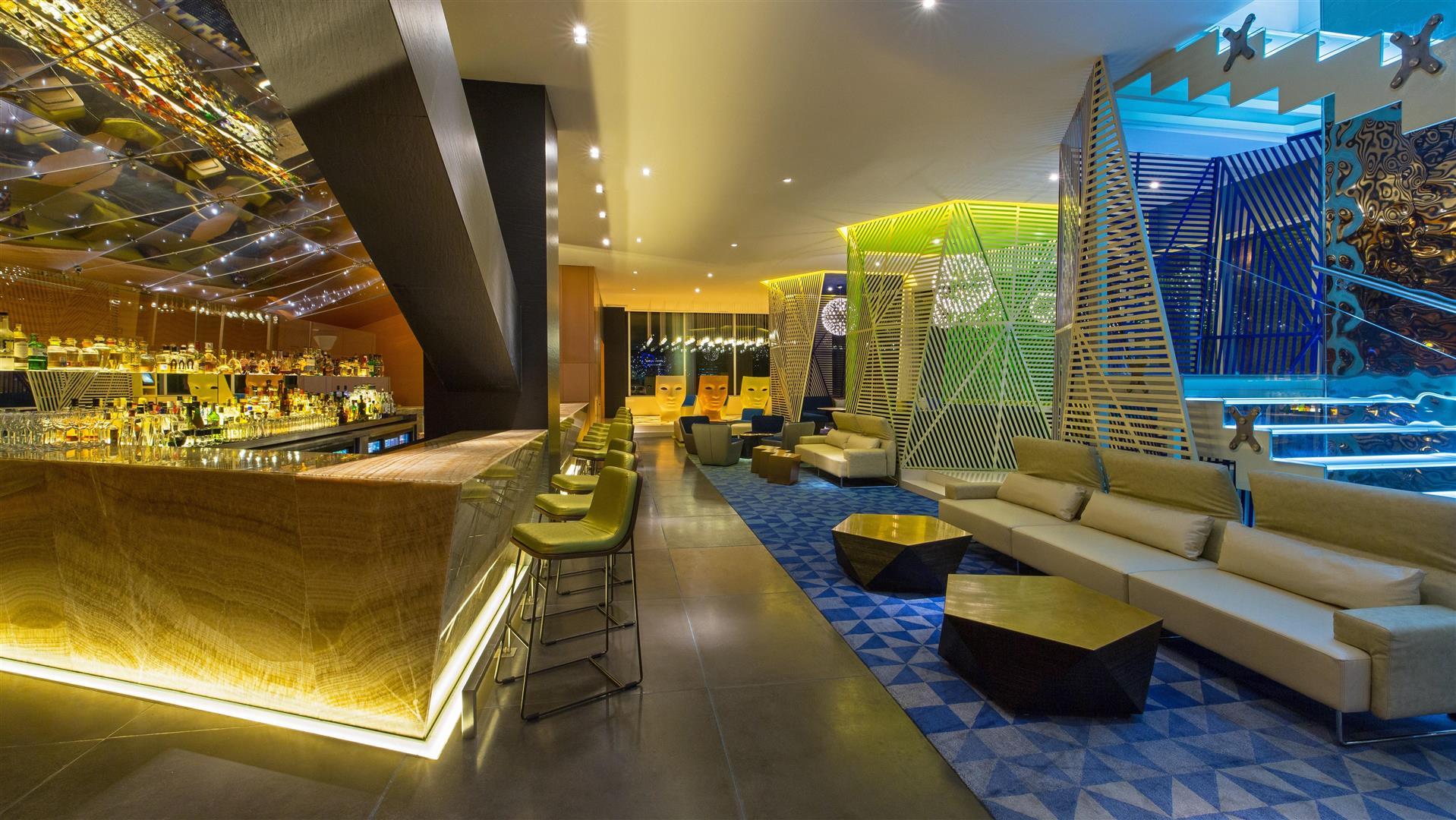The commodification of non-Western cultures has posed an aesthetic issue throughout civilization, notably during the Romantic period. This concern is still present today, as evidenced by its presence in building construction, architecture, fashion, and product design. The commodification of non-Western cultures is a significant issue in the creative field today, emphasizing the importance of designers being ethnically mindful and considerate in their work. A greater awareness of these concerns enhances the creative discipline by allowing for a more nuanced and appropriate depiction of diverse cultures.
The structure of the foyer of the W Hotel in Mexico City is one illustration of this issue. It incorporates contemporary and traditional features, such as a big mural representing pre-Columbian designs and a woven reed chandelier. While the inclusion of conventional themes in lobby design may appear to be a homage to native customs, it can also be interpreted as cultural appropriation. The hotel adorning these motifs is problematic because it reduces the value and meaning of the cultural symbols of Mexico’s indigenous people while also perpetuating artistic manipulation.
The commodification of Western cultures as a concern is significant in the design profession because it emphasizes the necessity of designers being aware of the cultural context in which their work is done. Here, non-Western cultures were frequently exoticized and corporatized for the delight of the Western audience. This can be observed in how historical themes and patterning are used as adornment in hotel lobby design instead of a profound and respectful depiction of the culture.
In contrast, it is crucial to notice that the above design concept differs from previous instances. Stella McCartney, a fashion designer, is an example of a contemporary designer who pays homage to cultures. McCartney’s collections frequently use traditional techniques like hand embroidery and indigenous themes (Radclyffe-Thomas & Varley, 2019). The method enables designers to develop valuable and respectable designs but also aids in the preservation and promotion of traditional art forms and societies.
In conclusion, monetizing non-Western cultures is a contemporary aesthetic problem that people may find in various design fields. Designers must be conscious of the cultural context of their work and resist manipulating and appropriating old motifs and patterns without sufficient appreciation and comprehension of the cultures from which they originate. Understanding such an aesthetic concern will give art a better profound meaning to society and the world.
Images



Reference
Carolina, Cesar, Kenny, Jacqueline, David, C., Ahmed, Jacques, Silviu, Lynda, & Maria. (2023). W Mexico City Reviews, deals & photos 2023 – expedia. Expedia.com. Web.
Radclyffe-Thomas, N., & Varley, R. (2019). Stella McCartney’s Sustainable Luxury. Bloomsbury Fashion Business Cases. Web.